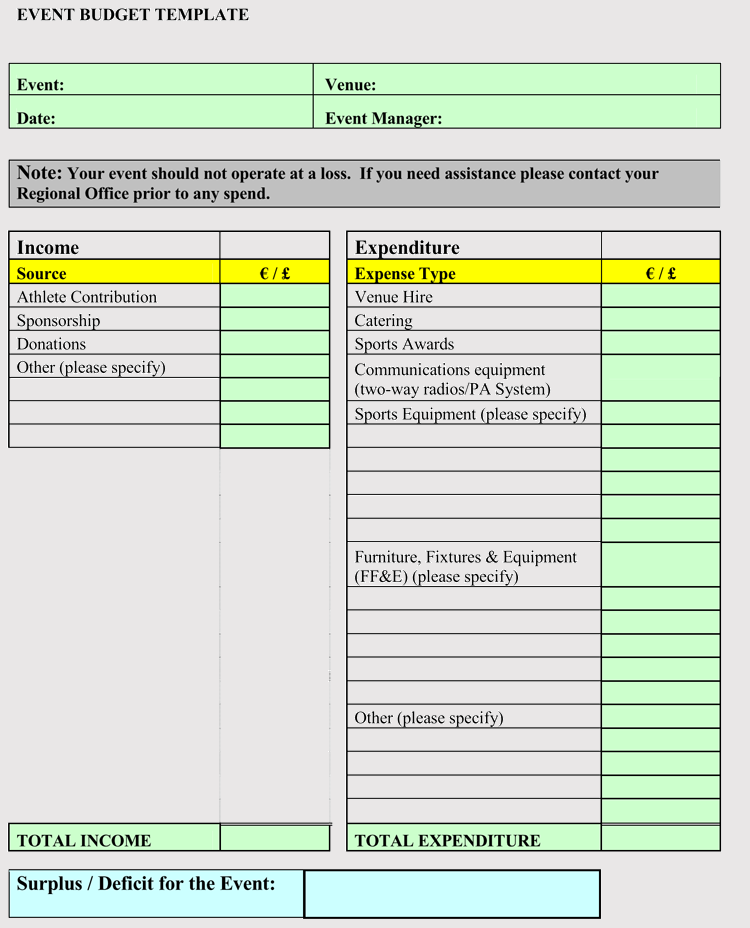
Įnvironmental health services (EHS) in HCFs are services that prevent contamination of the healthcare environment-and by extension HAIs-and allow for functional care delivery. Approximately 60%–80% of HAIs are attributable to unsafe environmental conditions and inadequate healthcare worker hygiene. HAIs are estimated to affect 15% of all hospitalized patients in low- and middle-income countries (LMICs) and are the leading cause of death among hospitalized patients. Inadequate environmental conditions can reduce care seeking and increase the risk of healthcare-acquired infections (HAIs). Maintaining a hygienic healthcare environment is critical for safe care provision in healthcare facilities (HCFs). We present three hypothetical costing examples and discuss good practices, including using costing frameworks, selecting appropriate indicators to measure the quantity and quality of EHS, and iterating planning and data collection to select appropriate costing approaches and identify data gaps.

Finally, stakeholders calculate costs and disseminate findings (synthesis). Stakeholders then execute their costing plan and evaluate the data quality (data collection). Costing-stakeholders define the costing purpose, relevant EHS, and cost scope assess the EHS delivery context develop a costing plan and identify data sources (planning). Our model comprises ten steps in three phases: planning, data collection, and synthesis. We identified good practices based on a review of additional selected guidelines for costing EHS and HCFs. Based on 47 studies selected through a systematic review, we identified discrete budgeting steps, developed codes to define each step, and ordered steps into a model. The goal of this research was to develop a model to guide budgeting for EHS in HCFs. Methods are inconsistent and poorly documented in costing literature, suggesting opportunities to improve evidence. A poor understanding of costs hinders progress towards adequate provision. Environmental health services (EHS) in healthcare facilities (HCFs) are critical for safe care provision, yet their availability in low- and middle-income countries is low.


 0 kommentar(er)
0 kommentar(er)
